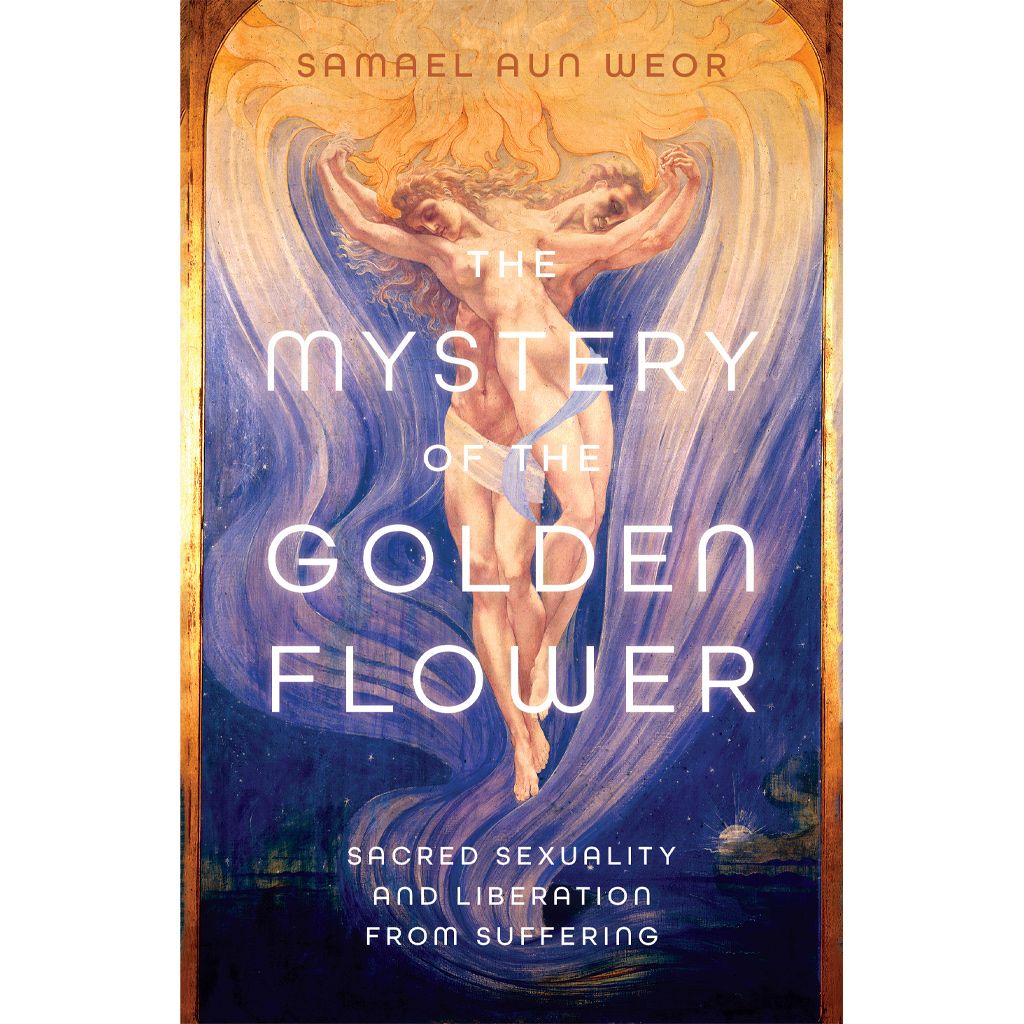Chapter:
The Two Schools
“Reality [Chinese: li] can be seen in an abrupt manner, but the matter [Chinese: shih] should be cultivated step by step.” —Garma C. C. Chang, Practice of Zen
In other words, after having reached ecstasy, one must cultivate it until it is completely developed and matured.
Thus, esoteric work consists of two principal aspects: Vision and Action.
“To gain a view, you should climb to the top of a mountain and look from there; to begin the journey [of Zen] you should go down to the bottom of the sea, and from there start walking.”
“Although the edifice of Zen is supported by these two main pillars, the ‘View’ and the ‘Action,’ Zen teaching lays most of its stress on the former. This is attested to by the great master, I Shan, who said: “Your view, but not your action, is the one thing that I care about.” That is why the Zen masters put all their emphasis on Satori [Ecstasy, Samadhi] and concentrate their efforts on bringing their disciples directly to it.” —Garma C. C. Chang, Practice of Zen
The Tibetan Jinayana [Vajrayana] school is different; and although its two principal pillars are also “Vision and Action,” it is unquestionable that it places special solemnity on the latter, and tirelessly struggles to lead its devotees to the Ninth Sphere (sex).
It is not irrelevant to assert in this chapter that the aspirants of the Mahayana School truly long for and have an infinite yearning for direct experience of the Illuminating Void.
We are in no way exaggerating if we state with a certain fervor that disciples of the Jinayana [Vajrayana] school labor tenaciously in the “forge of the Cyclops” (sex) with the intelligent objective of achieving Innermost realization of the Illuminating Emptiness.
When the mind is still, when the mind is in silence from within and without and in the center, the mystic experience of Emptiness comes; however, it is obvious that the realization of our Innermost Self is something very different.
Emptiness is not very easy to explain. Certainly, I can tell you that it is not definable or describable.
The language of the humanoids who live on the surface of the Earth was created to name things and existent feelings; it is inadequate for expressing anything that exists beyond the body, the emotions, and the mind.
The Illuminating Void is not a matter of knowing or not knowing, the point is to have direct experience.
“Vision and Action” complement each other. The two schools that have been mentioned here are essential.
To see with limitless lucidity is only possible in the absence of the ego, of the “me,” “myself,” the “I.” To dissolve it is crucial.
Conscious action is the result of progressive work in the “forge of the Cyclops” (sex).
The “Golden Flower” establishes perfect, harmonious equilibrium between “Vision and Action.”
The “Golden Embryo,” the sublime flower, is the special base of the Innermost Buddha.
Ancient archaic traditions say that there are two types of Buddhas: temporary ones and permanent ones. Clearly the former are in transit from sphere to sphere, struggling to achieve the Illuminating Void within themselves. Unquestionably the latter are the Buddhas of Contemplation; those who have realized the Illuminating Void within.
In the esoteric study of Zen, the marvelous way of the Mahayana School, there are two very interesting Chinese terms: chien and hsing.
“Used as a verb, chien means ‘to see’ or ‘to view’; used as a noun, it means ‘the view,’ ‘the understanding,’ or ‘the observation.’ Hsing means ‘the practice,’ ‘the action,’ or ‘the work.’ It, too, can be used either as a noun or as a verb. Chien in its broader sense implies the over-all understanding of the Buddhist teaching; but in Zen it not only denotes the understanding of Zen principles and truth [prajna], but often implies also the awakened view that springs from the ‘Wu’ (Satori) experience [Ecstasy, Samadhi]. Chien, in this [transcendental, divine] sense, can be understood as “seeing reality” or “a view of reality.” But while it signifies the seeing of reality, it does not imply the “possession,” or “mastery” of reality.” —Garma C. C. Chang, Practice of Zen
Hsing, fertile and creative work in the “fiery forge of Vulcan,” is fundamental when possession and dominion of the “real” is desired.


